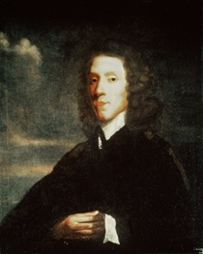
John Page |
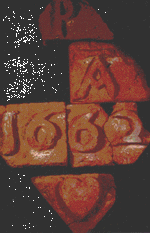 |

Page House |

John Page |
 |

Page House |
CW has excavated it's cellar, so we can stand inside the outline of the "footprint."
 |
CW has also uncovered a few other pieces of archaeological evidence
of Middle Plantation, including the Nassau
Street Ordinary and Rich
Neck Plantation. We can see the place where the ordinary once stood,
but it is covered by the street now (does that help us figure out that
it pre-dates Williamsburg?). Richneck (in a nearby subdivision) has been
back filled, but we'll pass it on some fieldtrips.
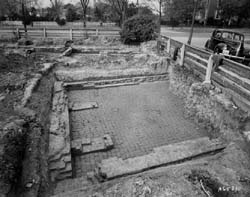
Nassau Street Ordinary Site |
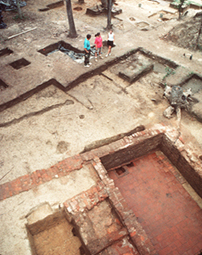
Rich Neck Plantation |
Well look for evidence of Middle Plantation at these places--and in the graveyard at Bruton Parish Church.
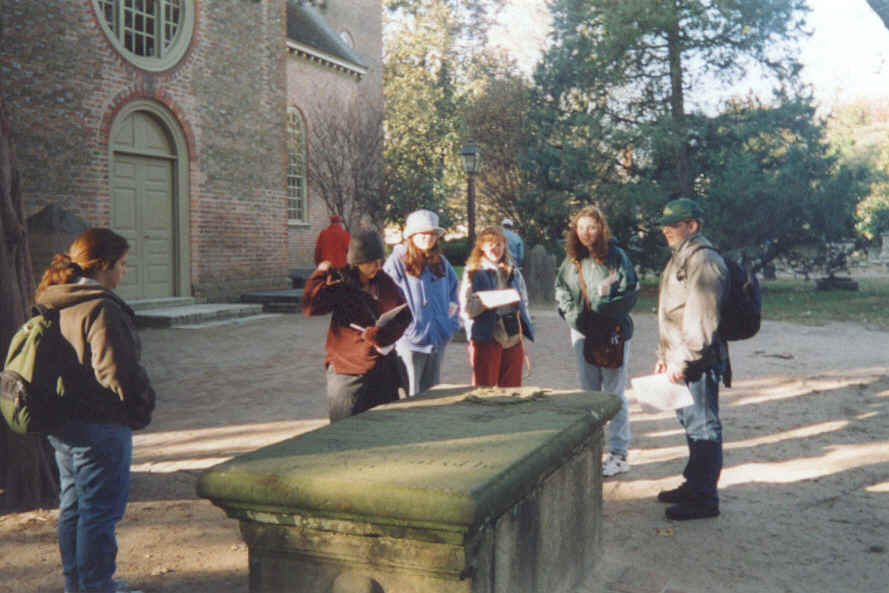
The Class Works Out the Puzzle |
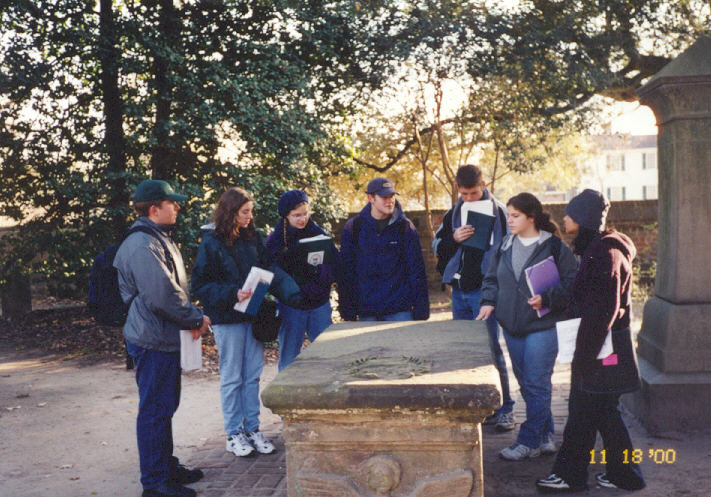
Can you make out the carving on the end? |
Of course, the Wren
Building pre-dates Williamsburg, but what you see now is the way the
Wren looked after it was rebuilt following the fire of 1705 (left).
In 1699, it looked like more the drawing by Swiss visitor Franz Ludwig
Michel (right):
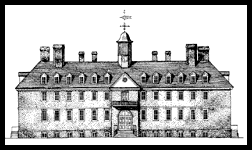
Wren Building, Circa. 1705 |
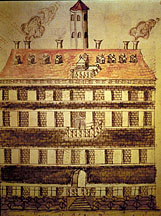
Wren Building as Franz Ludwig Michel Drew it in prior to the 1705 Fireren |
I'll arrange a tour of the Wren, hopefully with Kristin Zech, who
was a member of the first (1997) edition of this seminar and is now a student
in the School of Law.
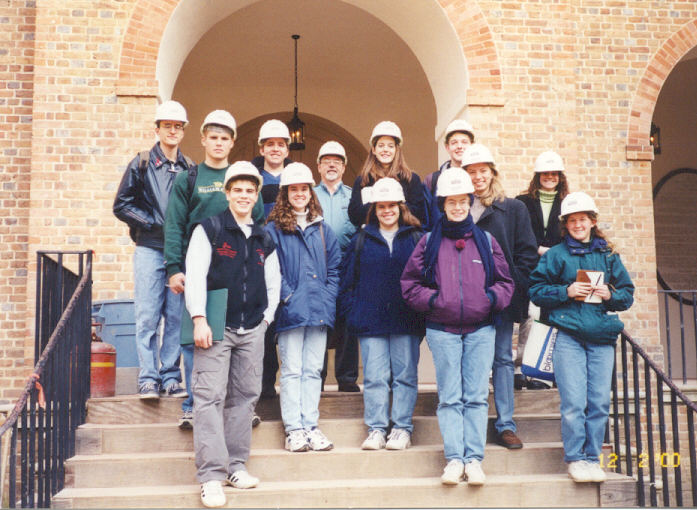 |
|
|
Kristin did a terrific honors thesis on the college history in 2000
(on her way to making Phi Beta Kappa). She can tell you about her thesis
and about the Spotswood Society, a student organization that (among other
things) is charged with guiding visitors through the colonial campus.
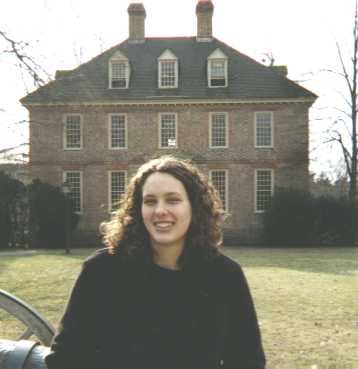
Kristin Zech |
Return to the Main
Page for This Course
Return
to JPW's Homepage